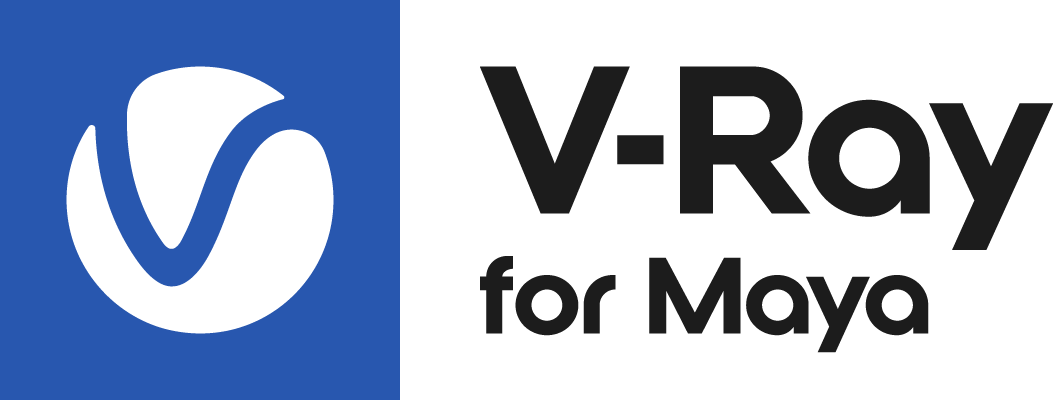Page History
...
The render client starts the rendering process in Maya, then divides the frame into small regions (called buckets), and tasks rendering these regions to available render servers. The servers calculate their part of the task and then send the finished data back to the client for assembly. Then, the servers request additional tasks to render next until the entire image is completed and the client has assembled all the image data back together for the full image. If the DR job is a sequence of frames, then this process is repeated until all frames for the job are completed.
Want to follow along but don’t have a license?
| UI Button | ||||||||||
|---|---|---|---|---|---|---|---|---|---|---|
|
Anchor part1 part1
Part 1: Installation
| part1 | |
| part1 |
...
Next, make sure you have an active V-Ray License, by either installing the online license server on your computer, or by connecting to a license server on your network. Each render server will need access to a V-Ray Render Node license. This process is made easy with the V-Ray Online Licensing System by loading http://localhost:30304/#/ (or use the IP address of the computer running the licensing system, with the port 30304). For more details on this process, please see the Changing your the Product License SettingsSetup page.
| Section | ||||||||||||||||||||||
|---|---|---|---|---|---|---|---|---|---|---|---|---|---|---|---|---|---|---|---|---|---|---|
|
...
Now that everything is set and ready to go, we need to get the additional computers to start listening for render jobs on the network. Run the V-Ray Render Server application that is installed with V-Ray for Maya: Launch the V-Ray render server on all desired render machines. This is done in the Command Prompt for Windows with the following command: C:\Program Files\Chaos Group\V-Ray\Maya 2024 for x64\maya_vray\bin\vray.exe -server
For Linux and macOS, the vrayserver command is used and can be found at /usr/ChaosGroupChaos/V-Ray/Maya20NNMaya20xx-x64/vray/bin/vrayserver and /Applications/ChaosGroupChaos/V-Ray/Maya20NNMaya20xx/vray/bin/vrayserver
| Section | ||||||||||||||||||||||
|---|---|---|---|---|---|---|---|---|---|---|---|---|---|---|---|---|---|---|---|---|---|---|
|
...
Cross-platform render jobs are possible with V-Ray. For example, you can start a rendering from a Windows machine, and distribute to any combination of render servers running on Linux, macOS andmacOS and/or Windows to join the rendering job, as long as they are running their respective render server application. Any OS can originate arender a render as the render client, or receive a render job as a render server.
...
| Expand | ||
|---|---|---|
| ||
While it's not necessary to check that your render servers are running properly, vraydr_check is a useful tool if there's a problem with communication among them. The proper syntax for vraydr_check is from the path C:\Program Files\Chaos Group\V-Ray\Maya 20nn 20xx for x64\vray\bin (where 20nn 20xx is the version of Maya for which V-Ray is installed), run vraydr_check -host=ip (or computer name) -port=#####. An example is: vraydr_check -host=techdocs04 -port=20207. If the computer is running the render server, the Status comes back as ready and the version of V-Ray is displayed. The location of the vraydr_check executable is found at /usr/ChaosGroupChaos/V-Ray/Maya 20nn20xx-x64/vray/bin for the Linux OS, and at /Applications/ChaosGroupChaos/V-Ray/Maya20nnMaya20xx/VRay.app/Contents/MacOS for the macOS. For more information on using the vraydr_check tool, please see the Distributed rendering page. |
...



